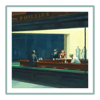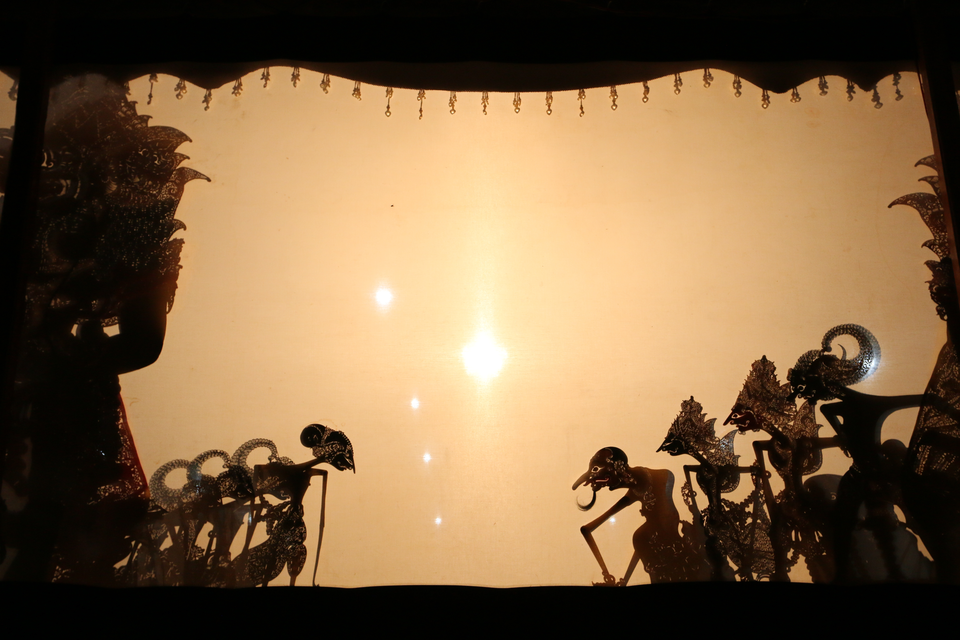Posted in: Aha! Blog > PhD Science > knowledge building Phenomena > How do phenomena support knowledge building?
Where can we find shadows? Can we see during a blackout? Can we see objects inside a cave without a light source? What do these questions have in common? They are Phenomenon Questions that frame students’ thinking about light in Level 1 of PhD Science®. The Anchor Phenomenon of Wayang Shadow Puppetry drives students’ investigation and learning as they work to answer the Essential Question: How do puppeteers use light to tell stories during wayang shows?
You may already see how exploring rich, authentic phenomena engages students and piques their interest in learning science. That said, you may still have lingering questions, like “What even is a phenomenon?” Let’s back up and begin there.
What are phenomena?
Scientific phenomena are observable events that can be explained or predicted through scientific understanding.
- The anchor phenomenon is a rich, multilayered scientific phenomenon that requires multiple lessons to explain. Students engage in making sense of the phenomenon, applying their skills and knowledge to explain important aspects of it and acknowledge unexplained aspects. Along the way, anchor visuals, such as a driving question board, provide a view into students’ thinking as they build their knowledge about this phenomenon and make sense of the world around them.
- Lessons throughout a module (or unit) focus on supporting phenomena, also known as investigative phenomena. These phenomena provide opportunities for students to explore and investigate, becoming better equipped to explain different aspects of the anchor phenomenon.
- As students are introduced to the anchor phenomenon, they will likely connect it with something more familiar to them. By uncovering these student-generated (related) phenomena, teachers gain insight into students’ existing conceptions. Exploring these phenomena throughout the module and over lessons makes the science content more accessible to students.
- In PhD Science, all assessments, including ongoing embedded formative assessments, are three-dimensional and focus on explaining phenomena or solving problems that arise from phenomena. Phenomenon-based assessments present a shift away from rote memorization of scientific concepts toward doing science.
What makes rich phenomena effective for knowledge building?
Phenomena may range from everyday events, such as animals interacting with a tree in the schoolyard, to extraordinary events that challenge our understanding of the world, such as a soccer ball floating in the International Space Station. PhD Science presents a unique approach to phenomenon-driven instruction by situating scientific phenomena in a cultural context. Students study carefully curated trade texts, artwork, and primary sources that tell the historical and cultural stories surrounding phenomena. They come to see science and engineering as processes of understanding and improving the world in which they live. Rich phenomena engage all learners by offering multiple access points for students’ diverse experiences and interests and by providing various avenues for questioning and investigation.
To develop this array of layered phenomena, PhD Science features phenomena with one or more of the following characteristics:
- Social significance: Phenomena exhibit enduring significance in diverse cultures and content areas. Stories, art, and primary sources often illustrate the multifaceted nature of these phenomena.
- Classroom relevance: Phenomena stimulate classroom exploration through demonstrations and investigations that involve the manipulation of variables and encourage hands-on exploration.
- Everyday connection: Phenomena allow students to make connections to their everyday lives and personal experiences.
- Historical connection: Phenomena encourage the study of historical applications, investigations, and explanations that reveal key shifts in human understanding about scientific concepts. By learning about the history of science through primary sources and other documents, students come to see science as a process of inquiry and empirical argument rather than a fixed body of knowledge.
How will phenomenon-driven learning affect knowledge building?
Bringing authentic phenomena into the classroom prepares students to question the world around them and gives them the tools necessary to apply their understanding to novel problems.
PhD Science is a phenomenon-driven curriculum, and it lays a path for students to discover enduring knowledge about the world around them. Through providing a rich, authentic anchor phenomenon and interconnected, supporting phenomena, PhD Science helps students understand how they can apply science knowledge to explain the world around them.
Read The Makings of a High-Quality Science Curriculum blog post to see how phenomena address the NRC Framework and the Speaking and Listening Anchor Standards of English Language Arts/Literacy.
Submit the Form to Print

Great Minds
Great Minds PBC is a public benefit corporation and a subsidiary of Great Minds, a nonprofit organization. A group of education leaders founded Great Minds® in 2007 to advocate for a more content-rich, comprehensive education for all children. In pursuit of that mission, Great Minds brings together teachers and scholars to create exemplary instructional materials that provide joyful rigor to learning, spark and reward curiosity, and impart knowledge with equal parts delight.
Topics: knowledge building Phenomena







